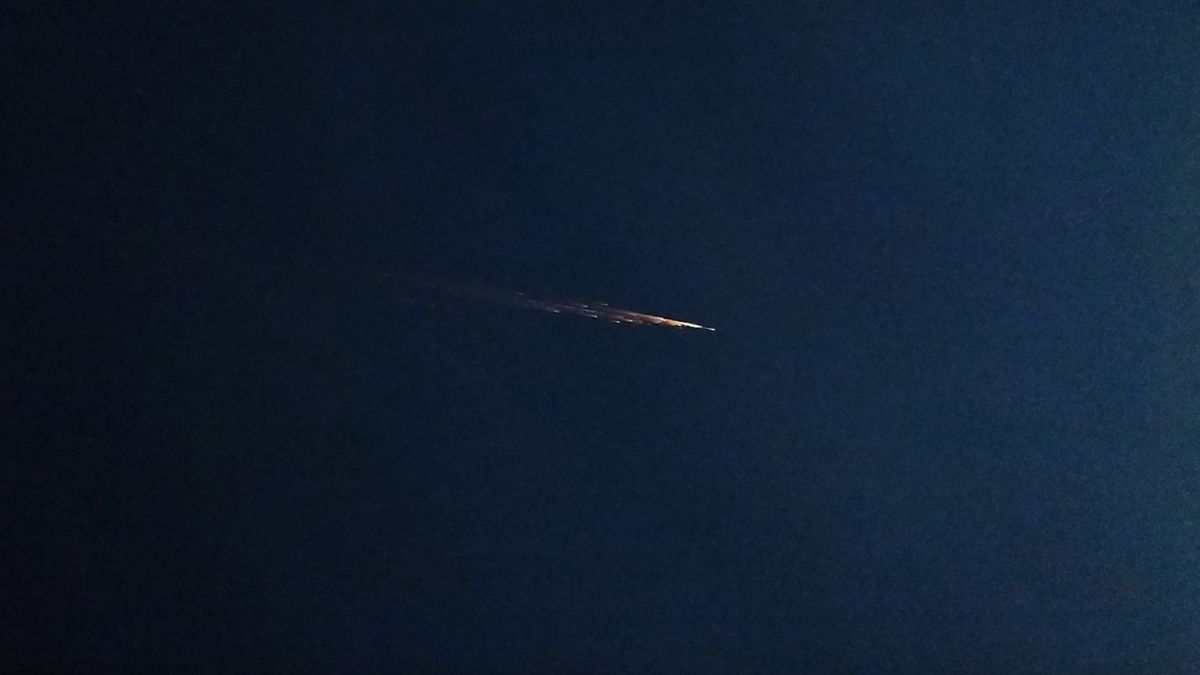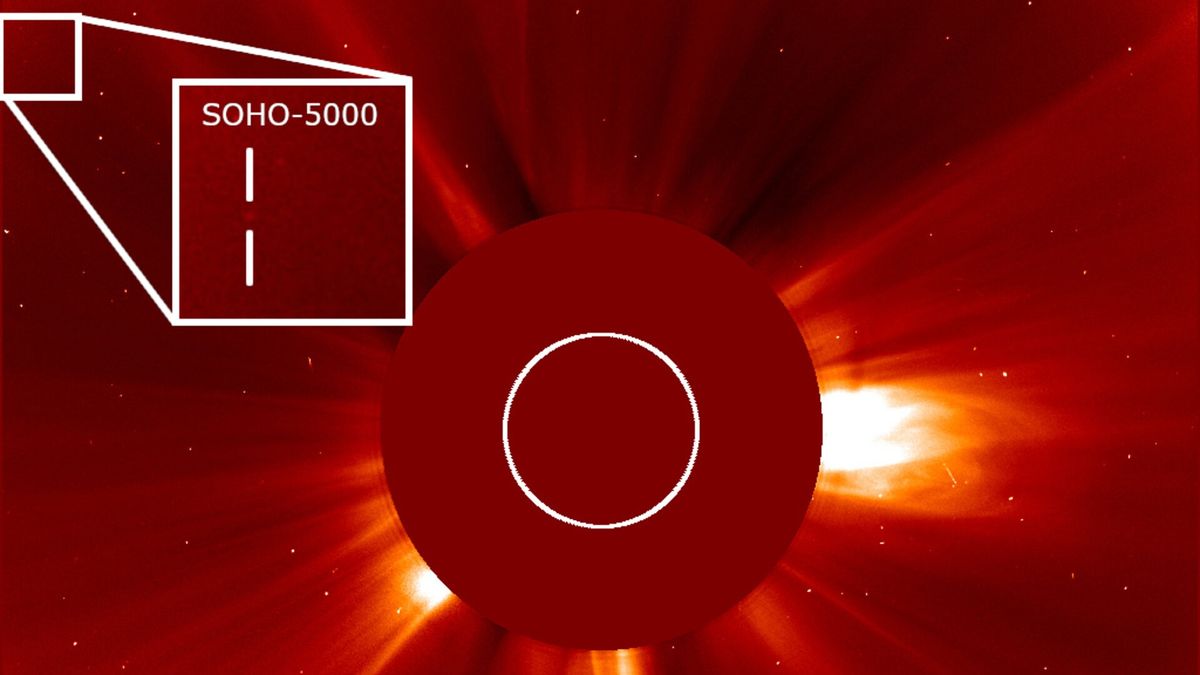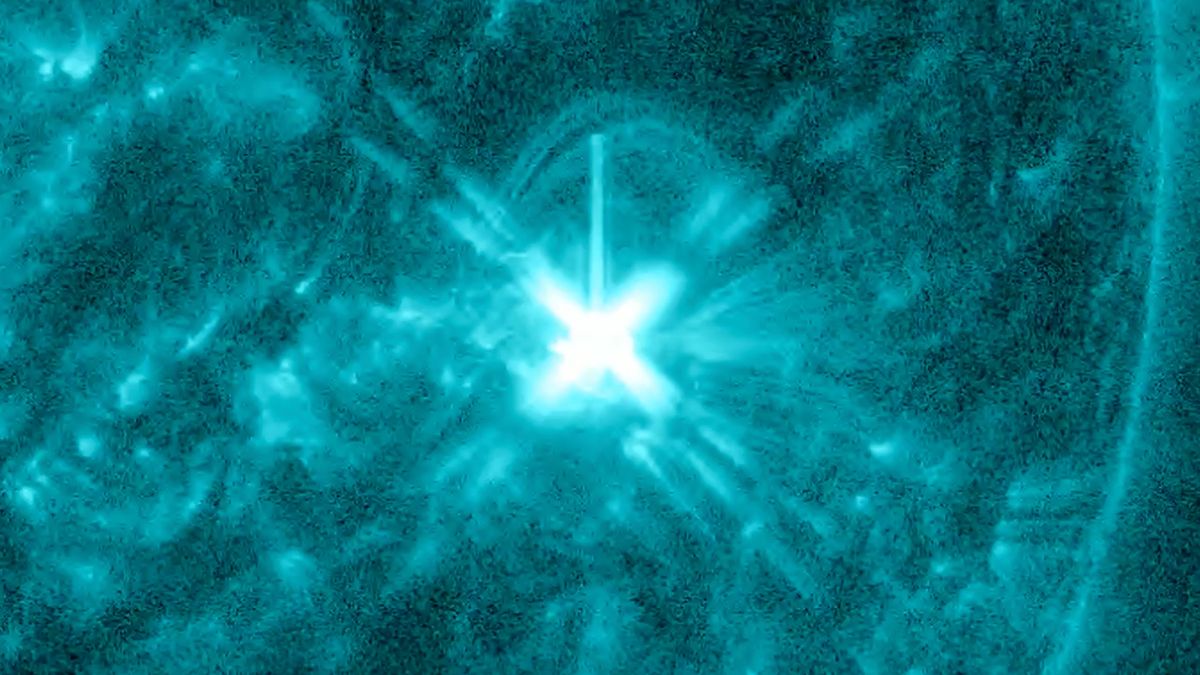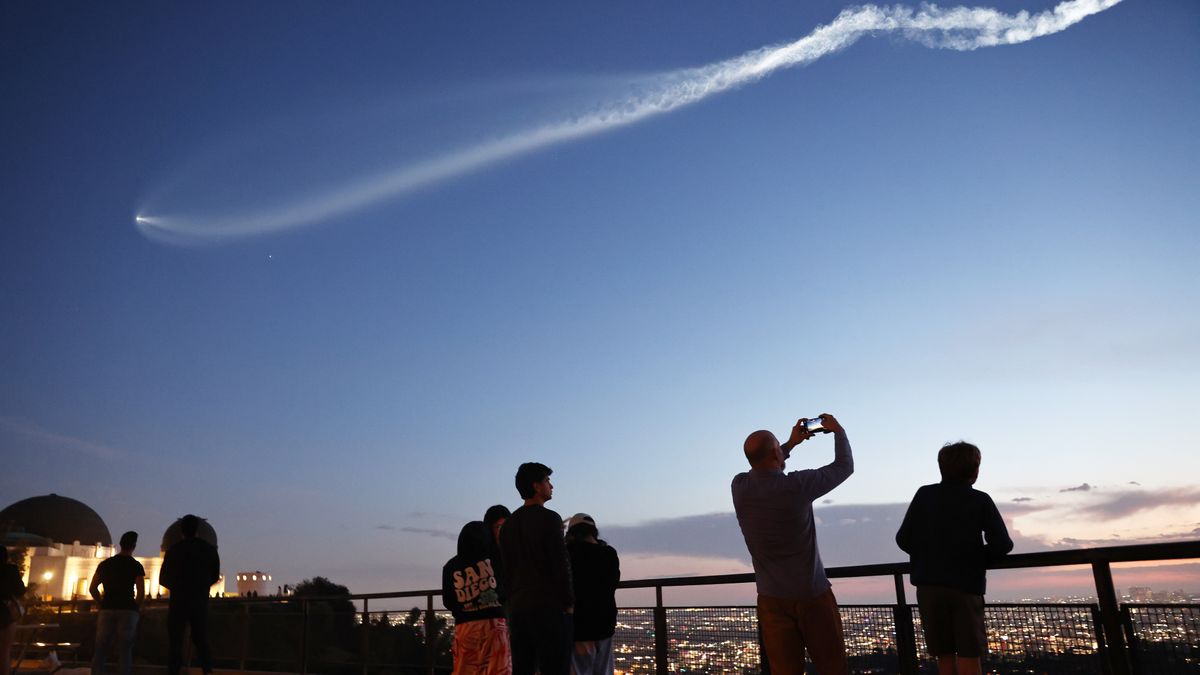Space Debris from Chinese Spacecraft Makes Fiery Reentry over California
Early Tuesday morning, a substantial piece of Chinese space debris entered the Earth’s atmosphere over Southern California, creating a spectacular sight for onlookers in the Golden State. The falling object manifested as a blazing fireball, visible to individuals from Sacramento down to San Diego, as confirmed by reports from the American Meteor Society (AMS). At the time of reporting, 81 witnesses had documented their sightings of the event to the AMS.
Origin and Nature of the Space Debris
The fallen remnants were identified as the orbital module of China’s Shenzhou 15 spacecraft, according to astrophysicist and satellite tracker Jonathan McDowell. This particular module had been in orbit since November 2022, when it was launched to transport three astronauts to China’s Tiangong space station. Weighing approximately 3,300 pounds (1,500 kilograms), the Shenzhou orbital module serves as supplementary space for astronauts and scientific experiments during space missions. Unlike the reentry module attached to the Shenzhou, which ensures safe return to Earth with astronauts onboard, the orbital module is not designed for reentry.
Public Reaction and Misconceptions
Despite the scientific explanation behind the phenomenon, many bystanders who witnessed the fireball at around 1:40 a.m. local California time were unaware of its origins. Some speculated that it might have been a piece of hardware from SpaceX, a hypothesis that seemed plausible given that a Falcon 9 rocket had recently launched Starlink internet satellites from Vandenberg Space Force Base.
The burning debris, however, could not have been the Falcon 9’s first stage, as this component is designed for safe retrieval and reuse. Instead, it was likely debris from the rocket’s disposable upper stage. This misconception highlights the complexities of identifying space debris and illustrates the public’s interest in celestial occurrences.
Historical Context and Concerns
The reentry of the Shenzhou 15 orbital module is not an isolated incident within the realm of space exploration. Chinese space endeavors have previously been associated with dramatic reentries of sizable space junk. For instance, the 23-ton (21-metric-ton) core stage of China’s Long March 5B rocket, integral to the construction of the Tiangong space station, routinely reenters Earth’s atmosphere in an uncontrolled manner, posing potential risks.
These recurring instances of debris crashes have elicited criticism from prominent figures within the global space community, including leaders of NASA and the European Space Agency. Such events are viewed as irresponsible and hazardous, prompting calls for enhanced protocols to mitigate the risks posed by uncontrolled space debris.
As humanity continues to engage in space exploration and satellite deployments, addressing the issue of space debris reentry remains a critical concern for ensuring the safety and sustainability of activities in Earth’s orbit.
Image/Photo credit: source url





